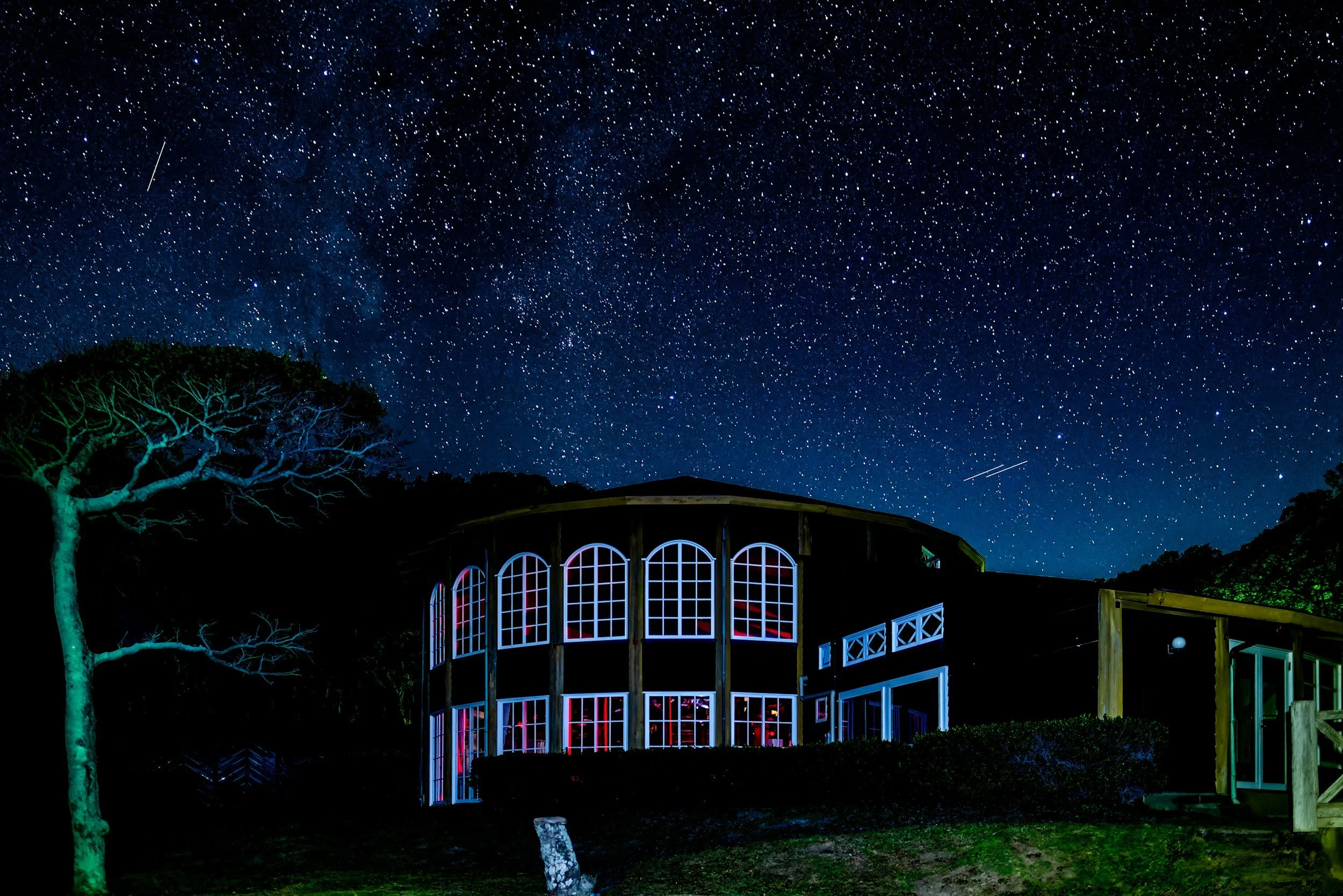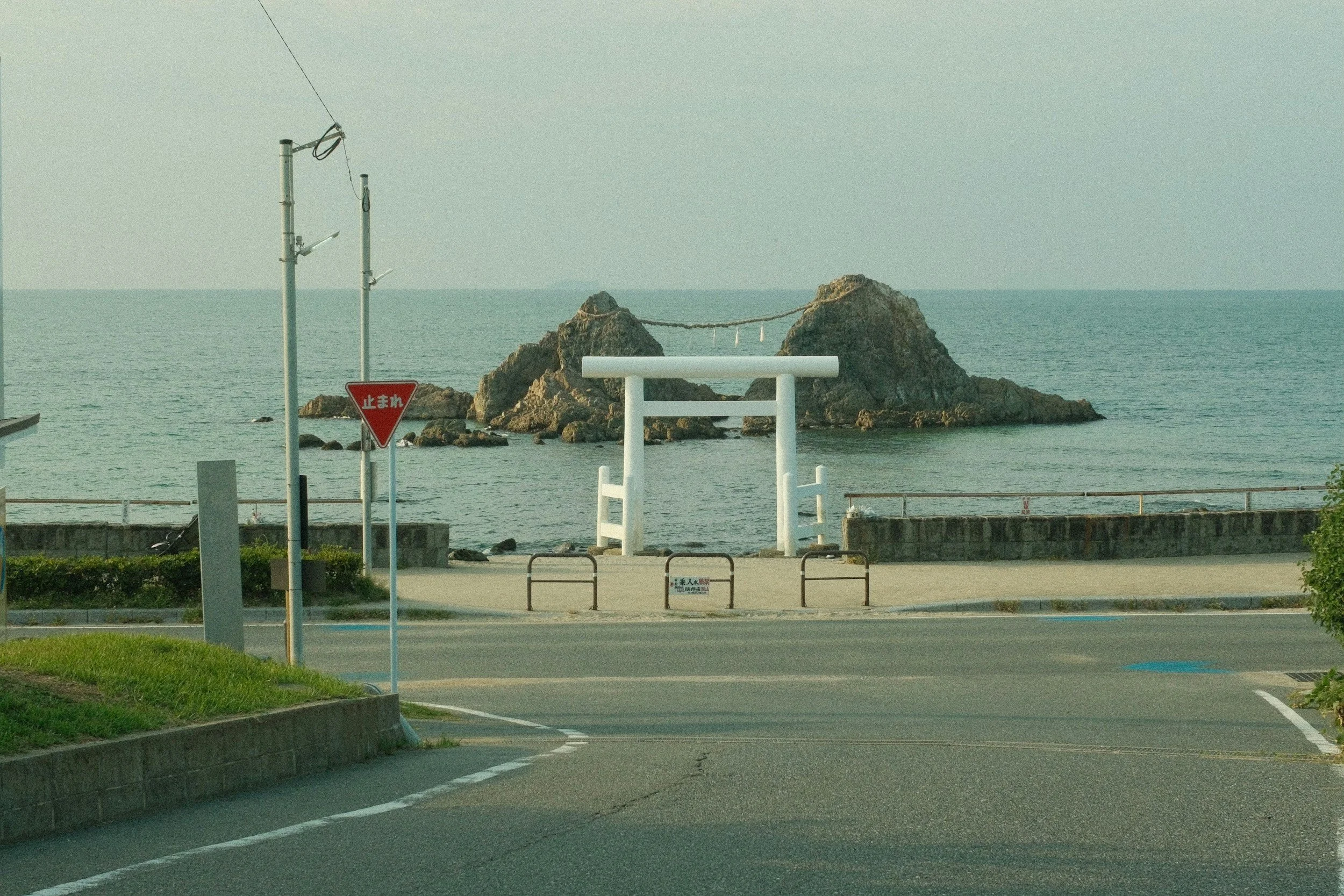
Filming in Shikoku
Shikoku, Japan’s smallest main island, is defined by pilgrimage routes, rural landscapes, and coastal beauty. Its famed 88-temple trail winds through mountains, rice terraces, and seashores, providing a contemplative backdrop for spiritual or adventure narratives. The Naruto whirlpools capture raw oceanic force, while the vine bridges and misty gorges of the Iya Valley evoke remote endurance. Matsuyama Castle overlooks a town where history and modernity meet, Kochi’s Katsurahama Beach frames Pacific waves against pine-topped dunes, and Dogo Onsen, considered Japan’s oldest hot spring, offers a timeless setting.
Shikoku’s sparse population and unspoiled landscapes make it ideal for productions seeking authenticity. Pilgrimage documentaries, road movies, historical dramas, and introspective narratives can draw on its trails, traditional farmhouses, and fishing villages, while its rivers and gorges provide dynamic whitewater settings for adventure sequences. The island’s temples add spiritual gravitas, anchoring stories that balance reflection with cinematic spectacle.
BARAMON’s fixers secure access to remote sites, coordinate transport along narrow mountain roads and ferry routes, and schedule shoots around local festivals. We collaborate with monks, artisans, and fishermen as cultural consultants to ensure authentic and respectful portrayals, while our team provides translation support for interviews with elders who speak regional dialects.






